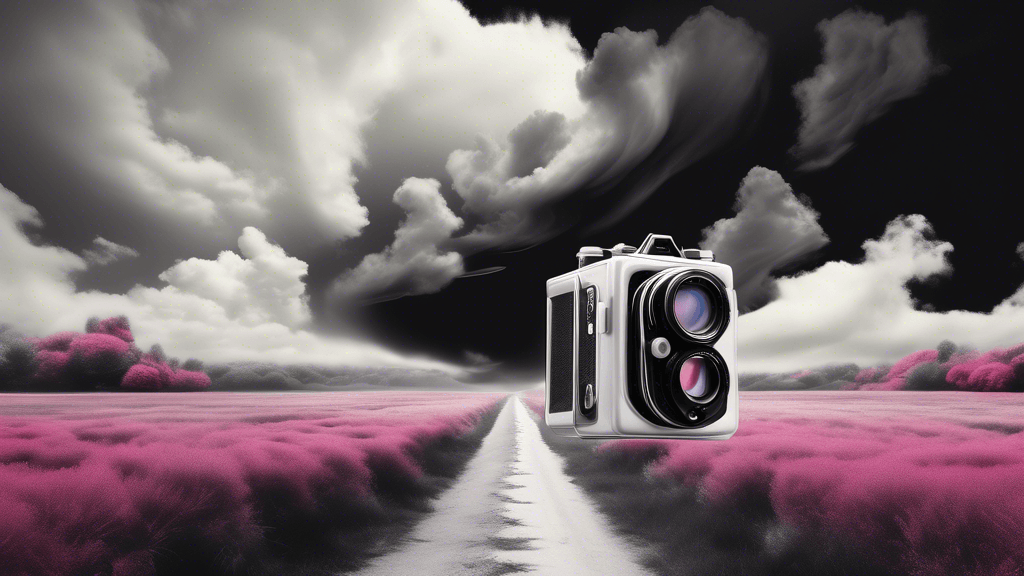
Blending Worlds: Traditional and Digital Photography Techniques in Modern Landscapes
Share
The Evolution of Landscape Photography: Merging Traditions with Digital Innovation
Landscape photography has long captured the imaginations of artists and viewers alike, offering a visual escape into the natural world. Historically, this genre relied heavily on traditional photography techniques, where photographers like Ansel Adams and Edward Weston worked meticulously with film cameras to capture the breathtaking beauty of the environment. However, as digital technology has evolved, it has revolutionized the field, introducing new techniques and expanding creative possibilities. Today, we see a harmonious blending of old and new practices that enhance both the artistic and documentary value of landscape photography.
Understanding Traditional Techniques
Traditional photography is fundamentally rooted in the physical process of capturing images using film. This process involves a deep understanding of camera mechanics, film types, and darkroom processing. It’s a craft that requires patience and precision, with each step contributing to the final image. Notable techniques include:
- Zone System: Developed by Ansel Adams and Fred Archer, this technique allows photographers to control the exposure and contrast of their pictures precisely, resulting in optimal tonal range.
Dodging and Burning: These are darkroom processes where certain areas of the image are manipulated to be lighter or darker, enhancing depth and focus in the photograph.
Adams himself once said, You don’t take a photograph, you make it. This perspective emphasizes the meticulous craftsmanship involved in traditional photography, where each image is carefully constructed from vision to print.
The Digital Shift and Its Impact
With the advent of digital cameras and post-processing software, landscape photography has undergone a significant transformation. Digital technology offers immediate feedback through instant previews, vastly expanding the experimental scope for photographers. Key advancements include:
- High Dynamic Range Imaging (HDR): This technique involves combining several photographs of the same scene at different exposures to create a single image with greater dynamic range — impossible with traditional film.
- Color Grading: Digital software allows photographers to alter the visual tone of their photographs, which can significantly impact the mood and atmosphere of the scene.
Digital photography not only simplifies certain processes but also introduces new forms of artistic expression. As photographer Chase Jarvis famously said, The best camera is the one that’s with you. This statement highlights the accessibility and spontaneous nature of digital photography, encouraging more people to engage with and appreciate this art form.
Integrating Traditional and Digital Techniques
The most profound landscape photographs often emerge from a blend of traditional and digital techniques. This integration allows photographers to leverage the tactile, deliberate nature of film photography while also utilizing the flexibility and innovation of digital tools. Here’s how professionals are merging these worlds:
- Hybrid Workflows: Many landscape photographers start with film to benefit from its resolution and color depth, and then scan the negatives for digital post-processing.
- Pre-Visualization: Borrowing from Adams' Zone System, photographers now use digital tools to plan and predict how different exposures might affect their digital images.
These combined methodologies enable photographers to explore new perspectives while respecting the rich heritage of the landscape genre.
Conservation through Photography
Beyond its artistic value, landscape photography plays a crucial role in environmental conservation. Photographs that depict the unspoiled beauty of the outdoors can inspire conservation efforts and foster a deeper connection with nature. Digital platforms amplify this impact by allowing photographers to share their work globally, reaching a broader audience to spread awareness and provoke action towards preserving these landscapes.
Conclusion
The synergy between traditional and digital photography techniques enriches the landscape genre, offering a wider palette for creative expression while maintaining the artistic rigor of the past. For both budding and experienced photographers, understanding and integrating these methods can lead to more impactful and meaningful work.
If you are passionate about photography, consider how you can leverage both traditional and digital techniques in your next project. Embrace the opportunity to blend these worlds in your creative expression, and perhaps even contribute to the important work of environmental conservation through your art. What new perspectives will you capture in your lens?





